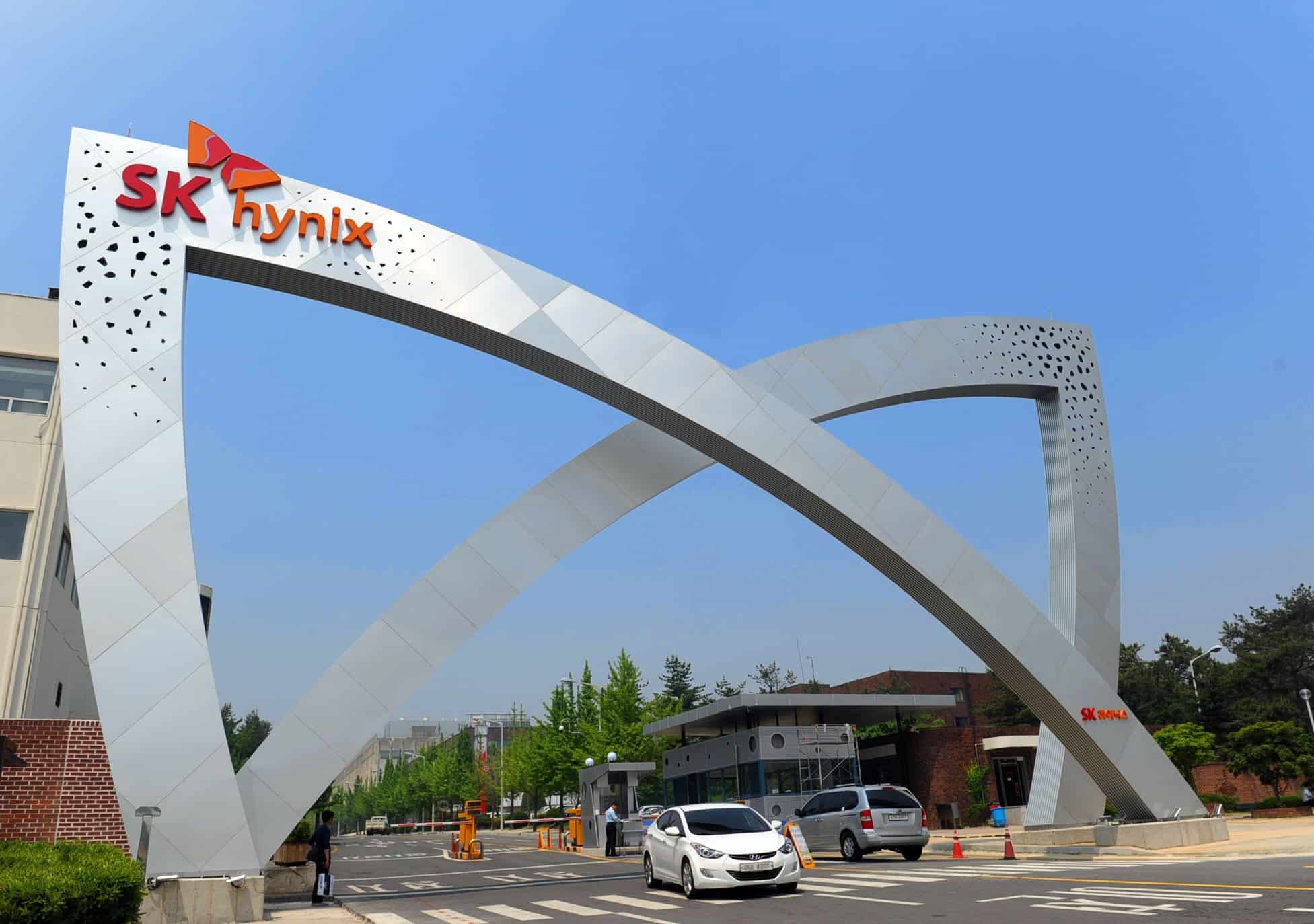In a strategic move to outpace its rivals, SK Hynix has announced its collaboration with TSMC, using the latter’s latest technology to develop its HBM4 memory, expected to be ready by 2026. Although SK Hynix will arrive later than its direct competitors like Samsung and Micron, it plans to offset the delay with superior technology, promising to outperform current memory chips in performance.
This strategic partnership will focus on utilizing TSMC’s CoWoS 2 technology, an advanced packaging system that enables more effective chip integrations. SK Hynix expects this collaboration to not only enhance the functionality of its products but also strengthen its position in the market against competitors who will already be established a year earlier.
A promising future for HBM4 memory
The delay in SK Hynix’s HBM4 launch can be seen as a calculated step, as the company will use this time to integrate TSMC’s most advanced solutions and ensure that its product not only competes but also sets new industry standards. This approach could provide a substantial advantage in terms of performance and efficiency, critical aspects for artificial intelligence applications and large-scale data processing.
Market and industry impact
SK Hynix’s late entry into the HBM4 memory market raises several questions about competitive dynamics and the adoption of new technologies. However, the company seems confident that its decision to optimize quality and efficiency, rather than rush the launch, will be beneficial in the long run. This move also indicates a growing focus on collaboration and joint innovation within the semiconductor industry, where strategic alliances like SK Hynix and TSMC’s could be key to technological advancement.
Challenges and opportunities
Despite the potential advantages, the delay in SK Hynix’s HBM4 memory launch also poses risks, especially in terms of losing market share to competitors who will already have established products in the market. However, if SK Hynix and TSMC successfully meet their performance and efficiency goals, they could capture a significant portion of the market and set new industry standards.
The collaboration between SK Hynix and TSMC underscores the importance of strategic alliances in innovation and the development of new technologies, especially in competitive and technically demanding fields like semiconductor manufacturing. As 2026 approaches, the industry will closely watch to see if SK Hynix’s bet on more advanced technology translates into commercial and technological success that redefines market expectations.

